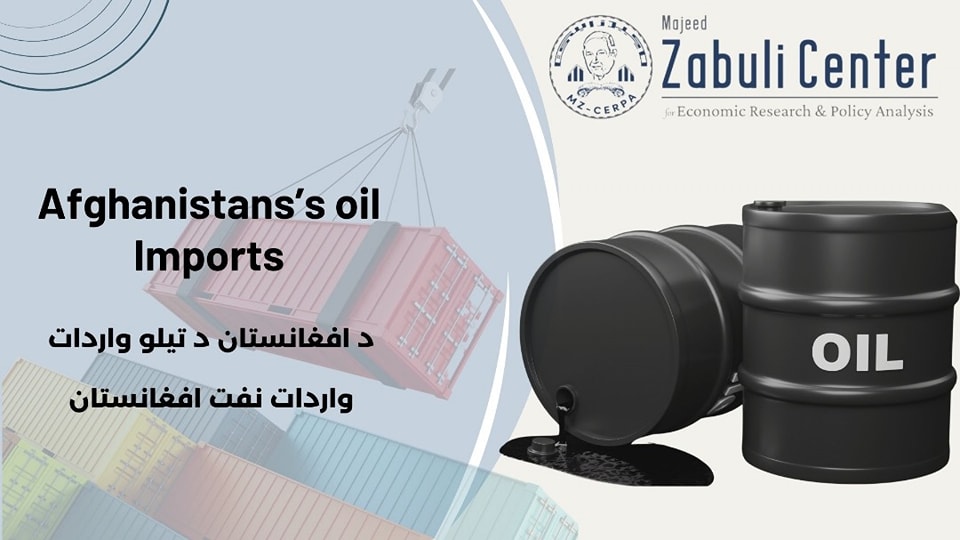23 Aug,25
Most Searched Keywords
03 Aug
Expansion of Oil and Gas Imports in Afghanistan and Efforts to Extract Domestic Resources Amid Rising Global Oil Price
by Kamran Noori

Between January and September of this year, Afghanistan has heavily relied on oil and gas imports. Around 1.6 million metric tons of oil and 734 tons of gas have been imported from countries such as Turkmenistan, Russia, Kyrgyzstan, the United Arab Emirates, Tajikistan, and Iran. The total cost of these imports is estimated at around $1.3 billion. The ongoing war between Russia and Ukraine, along with conflicts in the Middle East, has driven up global oil prices, resulting in increased oil prices within Afghanistan as well. In response, the country has launched efforts to extract its own domestic resources.
A significant step in this direction has been the opening of a new oil well in the Qashqari region of Sar-e-Pul province. With this development, oil production has reached 5,000 barrels per day. To accelerate progress, 79 advanced equipment units have already been transferred to the site, and 121 more are expected to arrive soon to make the extraction process faster and more efficient.
The opening of the new well in the Qashqari oil field is seen as a major step toward increasing oil production, and additional drilling is expected to begin soon in the Qashqari, Aqdarya, and Zamurdsay areas. These new drilling projects are anticipated to significantly boost national oil output and better meet the country’s energy needs.
This advancement not only strengthens Afghanistan's oil sector but also creates employment opportunities in the region, which can improve living standards for local communities. With growing oil extraction, new investment opportunities are emerging in Sar-e-Pul, and development plans are being prepared for other parts of the Amu Darya oil basin, including Angot, Bazar Kami, and Zamurdsay.
This project is part of an agreement signed on January 5, 2023, with a Chinese company, marking an important step toward strengthening Afghanistan’s energy resources and supporting the country’s broader economic development.
